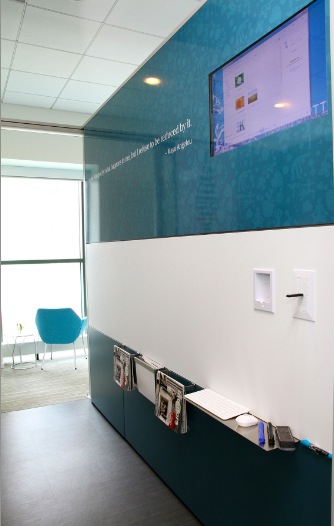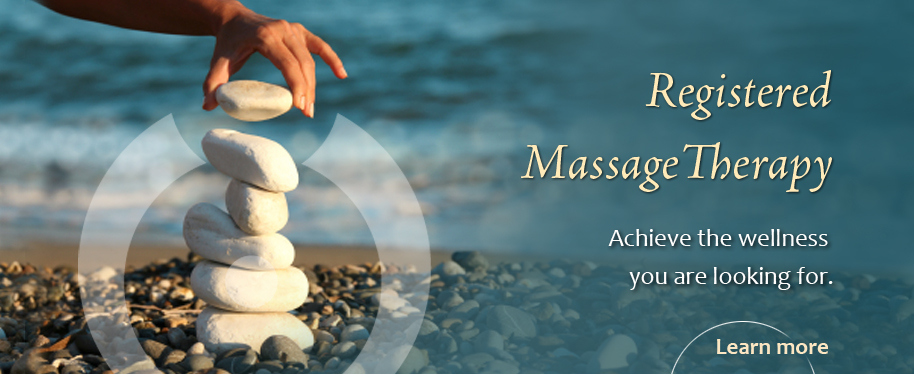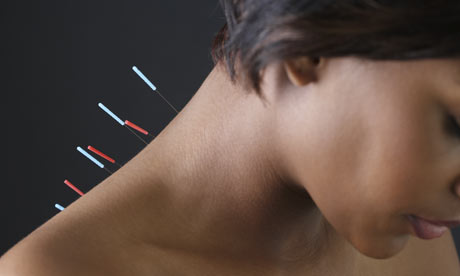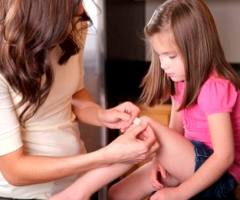Diversified Health Clinic Victoria BC is a group of health practitioners with diverse experiences using passion for health and years of clinical expertise to clearly diagnose problems, maximize results and accelerate healing.

Diversified Health Clinic Victoria BC
Besides our knowledgeable practitioners we also have a full range of leading edge equipment and products that address the whole patient and provide a comprehensive health approach. The attention to detail is what makes this clinic unique. Different treatment rooms have different requirements, and we offer a variety of flooring materials, ceiling heights and wall treatments to enhance and support our patient’s overall experience while in our clinic.
Some of our equipment and modalities that the practitioners use are; Class IV Laser, TENS, Ultrasound, Vibe machine, Decompression Table, eToims, Cox table, Rehab gym facility, Graston Tools and Neuro-mechanical Adjusting Tool.
Diversified Health also offers Shockwave Therapy. This a non-surgical treatment of soft tissue, bone, and joint pain. These high-energy mechanical pulses stimulate the breakdown of scar tissue and fibroblasts in the targeted area thus improving blood circulation in the area. These pulses also initiate metabolic activity and an inflammatory response that promotes and stimulates healing.
To find out more about our practitioners, equipment or treatment methods, please contact Diversified Health Clinic Victoria BC at 250-382-0018.









